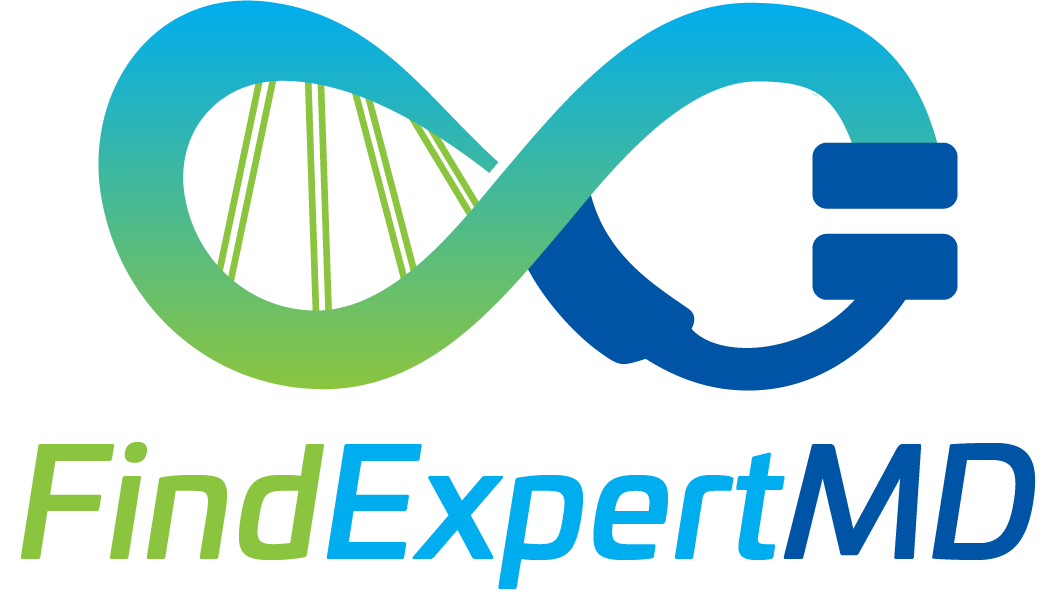307 top medical experts on Tics across 36 countries and 28 U.S. states, including 151 MDs (Physicians). This is based on an objective analysis of their Scientific Publications, Clinical Trials, Medicare, and NIH Grants.
- Tics: Habitual, repeated, rapid contraction of certain muscles, resulting in stereotyped individualized actions that can be voluntarily suppressed for only brief periods. They often involve the face, vocal cords, neck, and less often the extremities. Examples include repetitive throat clearing, vocalizations, sniffing, pursing the lips, and excessive blinking. Tics tend to be aggravated by emotional stress. When frequent they may interfere with speech and interpersonal relations. Conditions which feature frequent and prominent tics as a primary manifestation of disease are referred to as TIC disorders. (From Adams et al., Principles of Neurology, 6th ed, pp109-10)
- Clinical guidelines are the recommended starting point to understand initial steps and current protocols in any disease or procedure:
- Broader Categories (#Experts): Dyskinesias (4,076).
- Clinical Trials
 : at least 62 including 3 Active, 38 Completed, 8 Recruiting
: at least 62 including 3 Active, 38 Completed, 8 Recruiting - Synonyms: Habit Spasm, Motor Tic, Vocal Tic
Computing Expert Listing ...
 Find Expert Doctors on Tics
Find Expert Doctors on Tics